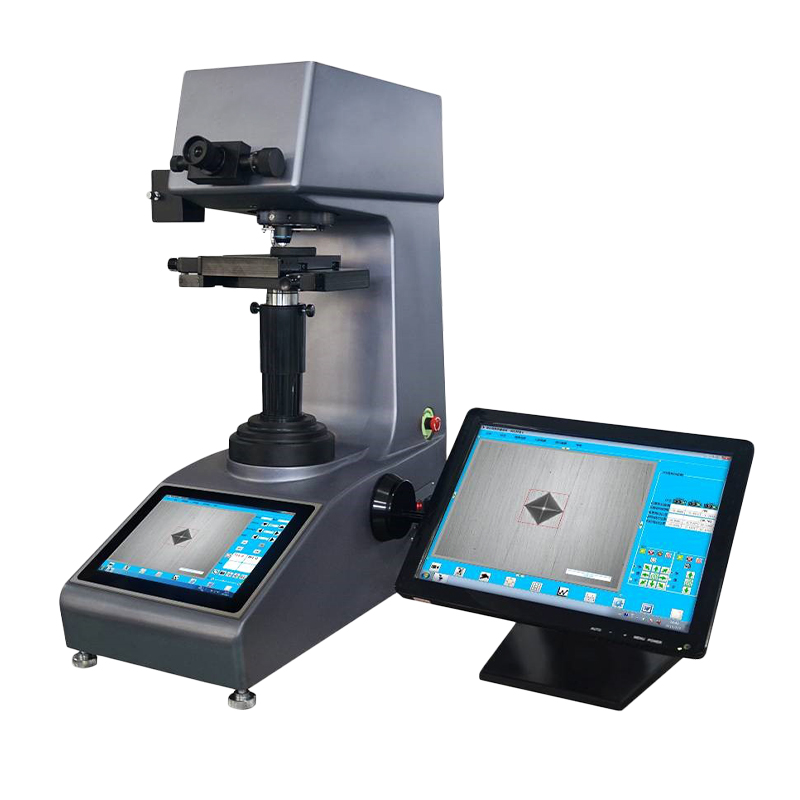Material hardness plays a critical role in determining the mechanical properties and suitability of various materials for different applications. The Vickers hardness test is a widely recognized and standardized method for assessing the hardness of materials. This article delves into the features, working principles, and applications of the Vickers hardness tester, highlighting its significance in material characterization and quality control across diverse industries.
The Vickers hardness tester is a precision instrument used to measure the hardness of materials, including metals, alloys, ceramics, and composites. It utilizes the Vickers hardness scale, which is based on the indentation hardness test. The tester applies a controlled load through a diamond indenter and measures the size of the resulting indentation. This measurement is then used to determine the material's hardness value.
Key Features and Working Principles
a. Microindentation Technique: The Vickers hardness tester employs a microindentation technique, wherein a pyramidal-shaped diamond indenter is pressed into the material's surface. The indenter creates a square-shaped indentation, with the diagonals of the impression used to calculate the hardness value.
b. Variable Load Control: The tester allows for variable load control, enabling users to select an appropriate load based on the material being tested. This flexibility makes the Vickers hardness tester suitable for a wide range of materials, from soft metals to hard ceramics.
c. Optical Measurement System: The Vickers hardness tester incorporates an optical measurement system to precisely measure the diagonals of the indentation. This system ensures accurate and repeatable results by eliminating potential errors caused by manual measurement.
d. Conversion Scales: The Vickers hardness tester provides conversion scales that allow users to correlate Vickers hardness values with other common hardness scales, such as Rockwell, Brinell, and Knoop. This feature enables easy comparison and interpretation of hardness values across different testing methods.
Advantages and Applications
a. Wide Hardness Range: The Vickers hardness tester offers a wide hardness range, making it suitable for testing various materials, from extremely soft to highly hardened materials. It can accurately evaluate the hardness of metals, alloys, ceramics, thin films, surface treatments, and coatings.
b. Precise and Repeatable Results: The Vickers hardness test provides precise and repeatable results due to its microindentation technique and optical measurement system. This reliability makes it a preferred choice for quality control, research and development, and material characterization purposes.
c. Non-Destructive Testing: The Vickers hardness test is non-destructive, as it creates small, shallow indentations on the material's surface. This allows for testing of delicate or thin samples without compromising their structural integrity.
d. Versatile Applications: The Vickers hardness tester finds applications in various industries, including automotive, aerospace, metallurgy, manufacturing, research laboratories, and quality control departments. It helps assess material properties, evaluate heat treatment processes, measure case hardening depth, and compare material performance.
The Vickers hardness tester is an essential tool for assessing the hardness of materials across industries. With its microindentation technique, variable load control, optical measurement system, and wide hardness range, it provides accurate and repeatable results for material characterization, quality control, and research purposes. By utilizing the Vickers hardness tester, industries can ensure the reliability and suitability of materials for their intended applications, contributing to improved product performance and customer satisfaction.

